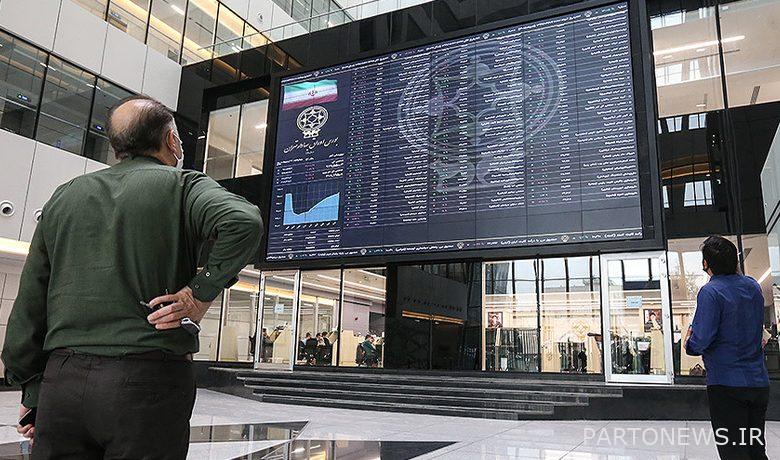Twitter Reactions to the Release of Tepsi Omidnameh / “Tepsi Profits Less Than a Mobile Home in Tehran!”

According to Tejarat News, Tepsi’s letter of intent to enter the stock market was published yesterday. The release of the letter prompted a backlash from startups and the Twitter stock market.
Here are some of these reactions:
“Tepsi’s annual net profit was 4.5 billion tomans; With all this money, you can not even buy a mobile home in a typical neighborhood of Tehran! “If you do not have a pebble in your shoes and this is the real amount, do not worry about the startup and do other things.”
“ #Tepsi with a profit of 4.715 billion Tomans in 1399 will soon be traded in the stock market. “I think he could see the market bigger and with more hope.”
“It does not matter what ambitious ideas the management of a company has,” says Penman in his book Financial Analysis. You have to see if this will end in profit? And if yes, how much does it cost? # تپسی »
“What is the basis for the sharp increase in sales that Tepsi predicted for the years 1402 onwards?” Are inflation and fare increases too high or do they expect their overall market share to increase? “I wish they would make this a little clearer.”
“True startup, but God, it earned 4-5 billion tomans, the size of a small cell in the market!”
Valuation of startup companies is different
However, Reza Khanaki, a capital market analyst and CEO of Daran Investment Company, tweeted about the important points regarding Tepsi’s letter of intent. He wrote:
“As I guessed, the spread of #Tepsi’s letter of intent caused a lot of noise, and the biggest reaction came from the capital market kids, whose analysis is mostly based on the company’s profitability. This was the problem I mentioned some time ago, and it was predictable. The first point is that training should help market investors to add other valuation methods to their previous ones.
DDM profit-based methods, known as the ratio ratio method (which is mostly incompletely understood), are more about manufacturing companies and the so-called Mature. Other intangible asset valuation methods that have the potential to create other verticals (especially in the case of Tepsi) Multiple methods, VC method, user-based valuation methods, growth-based valuation methods, etc. should be considered.
This has happened in most of the world’s stock exchanges and unfortunately with a time delay of maybe 3 decades, our market participants are getting acquainted with this literature. This is a challenging path and a unique opportunity for our market. “Both financial knowledge can be expanded and a balance can be struck in market valuation.”
Read the most important stock market news on the Trade News page.

